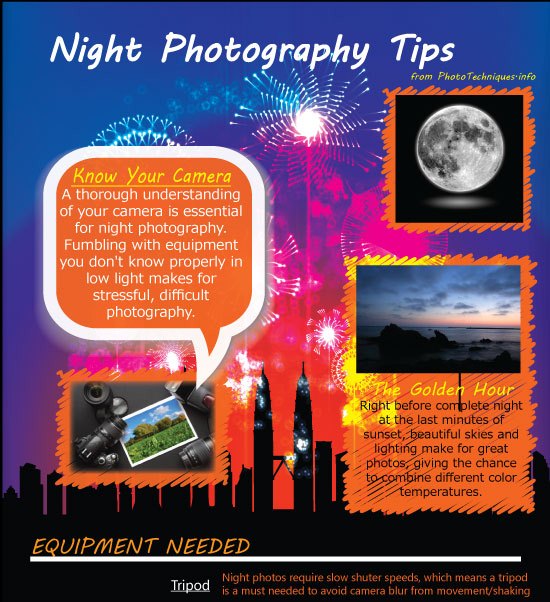What Every Digital Photographer Must Understand About Illumination
What Every Digital Photographer Must Understand About Illumination
Blog Article
Created By-Futtrup Fraser
As a digital photographer, you recognize that illumination can make or damage your photos. Comprehending the subtleties of both all-natural and synthetic light is crucial for capturing the mood and clearness you aim for in your work. Whether you're chasing the perfect gold hour radiance or adjust your artificial setups, understanding these elements can elevate your digital photography dramatically. Yet there are common mistakes that many ignore, and recognizing them can transform your technique to every shoot. Let's explore what you could be missing and just how it can influence your results.
Recognizing All-natural Light
Recognizing natural light is important for any kind of professional photographer wanting to boost their work. It's the foundation of excellent digital photography, influencing mood, tone, and clearness. When you fire outdoors, focus on the moment of day. The gold hour-- soon after daybreak and prior to sunset-- supplies soft, warm light that can transform average scenes right into magnificent images.
Do not underestimate the power of overcast days. Cloud cover diffuses sunlight, developing a soft, even light that's best for portraits and macro digital photography. You'll discover colors appear this kind of lighting without rough shadows.
Placing please click the next document , too. Always consider your topic's orientation to the source of light. If the sun's behind your topic, you might wind up with a silhouette, which can be remarkable however mightn't be what you want. Conversely, straight sunshine can develop uncomplimentary darkness.
Explore angles; often, transforming your point of view can yield impressive results. Usage natural reflectors, like water or sand, to jump light onto your topic, adding measurement.
Mastering Artificial Light
Mastering fabricated light is essential for professional photographers that intend to take their skills to the next level. Whether you're utilizing speedlights, studio strobes, or continuous lights, recognizing exactly how to manipulate these resources can considerably improve your images.
Beginning by acquainting on your own with the basics of light top quality, instructions, and color temperature. Explore different modifiers like softboxes, umbrellas, or grids to regulate the gentleness or harshness of the light.
You'll locate that soft light frequently develops complementary results, while harsher light can add dramatization and deepness. Don't avoid shadows; they can improve the three-dimensionality of your subjects.
Pay very close attention to the positioning of your lights. A light located as well close to your subject can produce unflattering results, while too far away can result in a lack of information. Utilize https://blogfreely.net/shannan523carma/just-how-to-choose-the-right-camera-for-your-digital-photography-requirements or your camera's histogram to ensure you're revealing properly.
professional pictures near me but not least, bear in mind that synthetic light can be mixed with ambient light for imaginative results. Stabilizing these resources could take method, but once you understand it, your digital photography will truly beam.
Methods for Various Scenarios
When you enter different shooting circumstances, adjusting your lighting methods is important for catching the best images. For exterior portraits, utilize the gold hour-- morning or late afternoon light-- to soften darkness and enhance skin tones.
If it's a harsh lunchtime sun, think about using a reflector to bounce light back onto your topic or seek shaded locations for a more even direct exposure.
In low-light situations, like interior events, raise your ISO and make use of a wide aperture to let in even more light. A tripod can help get rid of cam shake, permitting longer direct exposures without obscuring.
If you're shooting at night, try out off-camera flash to create dynamic illumination and deepness in your images.
For item photography, use diffused lighting to prevent extreme reflections. Softboxes or light outdoors tents can assist achieve this effect.
When photographing landscapes, consider the instructions of light and time of day, as it can dramatically alter the mood of your shot.
Always prepare to adjust your setups and positioning based on the circumstance, as versatility is vital to grasping illumination in digital photography.
Final thought
To conclude, mastering lights is essential to boosting your digital photography abilities. Welcome natural light's charm during gold hour, and don't avoid explore artificial light techniques. By adjusting your strategy to various scenarios, you'll catch magnificent images that reverberate with feeling and quality. Keep in mind, the right illumination can change a regular shot into something phenomenal, so keep exercising and fine-tuning your understanding of both all-natural and man-made light. Delighted capturing!
